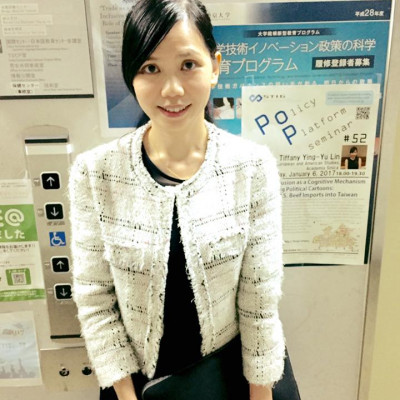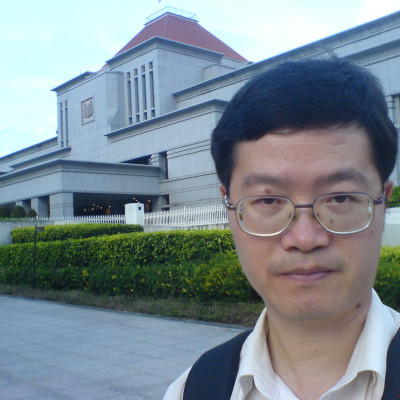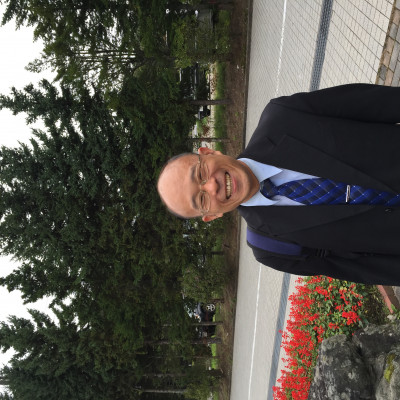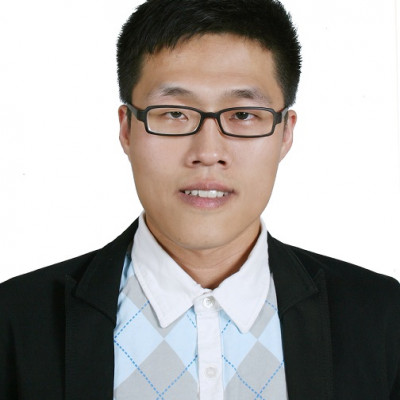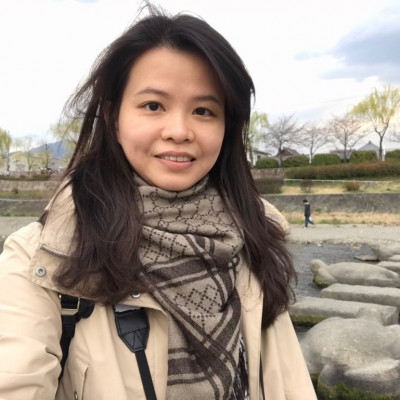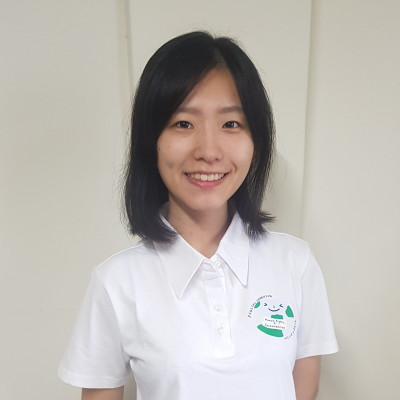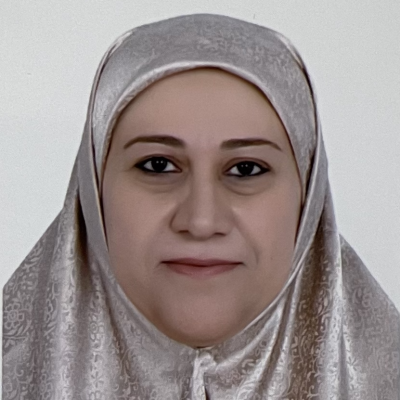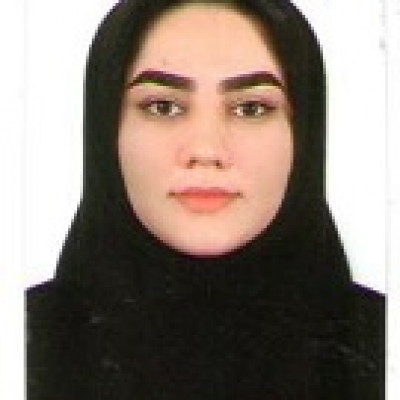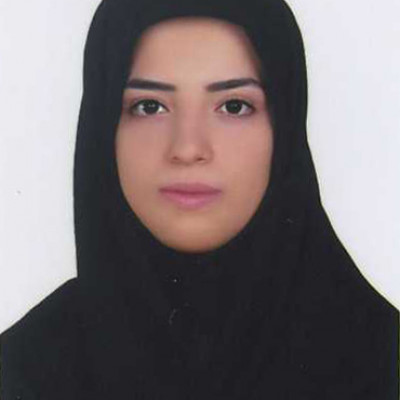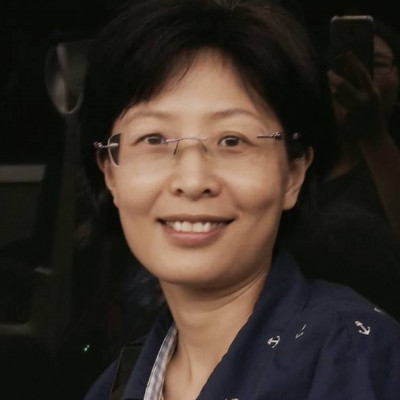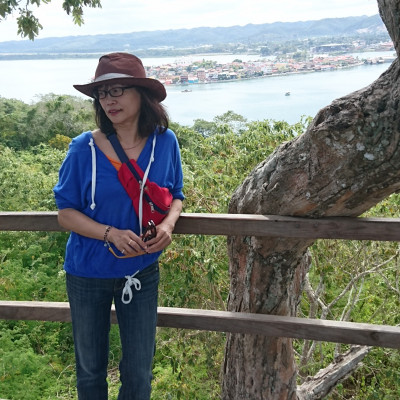Sessions / Location Name: Room D (Google Meet)
Virtual Location
Virtual: You cannot enter virtually via this page. Click on the titles of individual presentations or go to the Live Page
The Effect of Using Automatic Speech Recognition System to Improve EFL Students’ Pronunciation Performance #2502
Pronunciation has been an important topic in the field of English education. However, students’ pronunciation performances are often difficult to be evaluated statistically and systematically with instant feedback. To solve this problem, some studies applied Automatic Speech Recognition (ASR) system to help students correct the pronunciations. Yen (2019) used Learn Mode to help Taiwanese senior high school students to solve their English pronunciation problem, however, very few elementary school students in Taiwan have used this system to help with their pronunciation problems. This study aims to demonstrate how the phonetic-based ASR system, Speech Ace, could provide elementary school students phonetic-based feedback and identify the problems more precisely by investigating the effect of applying Speech Ace to improve young EFL students’ pronunciation performance. This study provides the analysis of 130 fifth grade elementary school students’ pronunciation performances and the relevance between ASR and their performances. The participants received pronunciation instructions focusing on 3 topics, including “m, n and ŋ”, “ɔ and ɑ” and “ɛ and æ” as a reviewing activity. After the instruction, the participants use Speech Ace to practice with the target words. The results are recorded and analyzed to compare the difference between the participants’ pronunciation performances before and after using Speech Ace. Our preliminary findings show the participants’ pronunciation performances improved through online practices with the ASR system, Speech Ace. The students are more engaging to improve pronunciations with gamification and multimodality based on the system, initiating positive peer competition and self-learning motivation. With ASR system, teachers can help students clarify the results more efficiently and guide the students how to practice more specifically to improve their pronunciations.
Cognitive Discourse Functions and Multimodality in CLIL Science #2516
As CLIL (Content and Language Integrated Learning) has been widely implemented in bilingual education, the language which teachers use in class plays a key role in helping students learn content and language at the same time. This study aims to examine how content can be introduced through the use of language with different “Cognitive Discourse Functions” (Dalton-Puffer, 2013) to help students learn content knowledge and language effectively, including seven types of Cognitive Discourse Functions: describing, defining, explaining, evaluating, categorizing, reporting and exploring. This study aims to examine how Cognitive Discourse Functions can be achieved for better learning effects in bilingual science class through the use of language and multimodality, including pictures, songs, and videos. With a classroom-based approach, three bilingual science classes in 4th grade are observed, recorded, and analyzed. There are some data which have been collected for analysis. The preliminary study will be presented in the talk. Some examples of how Cognitive Discourse Functions can be categorized and used in bilingual science class will be included. Our preliminary findings show that “DESCRIBE” and “EXPLAIN” may be the most frequently-used cognitive discourse functions in the language use in bilingual science class, while the pictures and videos used to serve the function “EXPLAIN” is most frequently used in bilingual science class. This research hopes to provide suggestions for bilingual science teachers when and how they can use the language to help and facilitate their students’ learning. For example, what language would be most commonly used when teachers want to define in their teaching. Or when teachers are trying to evaluate, maybe there are some words or specific language to help students to instruct and comprehend.
The urban-rural divide comparison structure of bilingual education #2509
This study intends to create a conceptual structure for urban-rural divide comparison of bilingual education. Researchers applied Delphi technique based on twelve experts (including scholars) to create an urban-rural divide comparison structure of bilingual education. The researchers created a preliminary structure through literature review, field observation, and interview with educational practitioners, and then provided this structure draft for twelve experts to review and score each dimension and item in the structure. After the first run feedback, researchers revised the structure with all experts’ feedback, and then the experts provided their second run revising. Through four-run revision, all experts reached the consensus on the structure. The research has built the urban-rural divide comparison structure of bilingual education that includes six dimensions: bilingual competency, bilingual curriculum and pedagogy, bilingual using environment, bilingual resources, technology, and confliction. The bilingual competency dimension includes four subcategories: teacher bilingual competency, student bilingual competency, and administrator bilingual competency, and parent bilingual competency. The bilingual curriculum and pedagogy dimension includes bilingual curriculum design, bilingual instruction, and bilingual activities. The bilingual using environment dimension includes school bilingual environment, community bilingual environment, and family bilingual environment. The bilingual resources dimension includes English professional classroom, library, native speaker, and English cram school. The technology dimension includes online access equipment, internet accessing, and bilingual online content and resources. The confliction dimension includes learning burden (one more language to learn and conflict with other learning), mother-tongue language (benefit from mother tongue language or threaten to mother tongue language), culture identity confliction (cultural identity and nationality identity). The research result could act as a criterion to evaluate the urban-rural divide of bilingual education in individual school and provide a clear guide for educators and administrators to apply a remedy measure on the specific dimension and subcategory.
Bilingualism and Mathematics Learning - An Integrative Approach #2511
Students in language immersion classrooms, where classes are taught in a language different from the students’ first language, face the complex challenge of grasping mathematical concepts and learning a language simultaneously. In this school, students learn mathematics in English and at the same time they have to take the National Diagnostic Tests in Japanese. Will they able to transfer the mathematical knowledge acquired in English when sitting for their Japanese mathematics test? The aim of this presentation is to explore the differences in mathematical concepts, terminologies and expressions between English and Japanese and the challenges they pose to Japanese students learning Mathematics in English. For instance, the definition of length and width in Japanese is conceptually different when compared to English. In “There are 5 dishes and 3 apples are on each dish. How many apples do you have altogether?”, the number sentence “5 x 3” will not be acceptable in a Japanese math test. When fractions are introduced in second grade, English teachers explain how to “read” a fraction, without being aware of the “opposite reading” in Japanese, causing a potential confusion to the students. For example, “one out of three” or “one-third”, will be read from the whole (bottom) to the part (top) in Japanese, san bun (3 parts) no ichi (one part). In conclusion, the presenter will also introduce the strategies employed by the school to overcome these challenges.
How Interactive CLIL Teaching Design Impacts Middle School Students' Learning Experience #2535
Alongside the implementation of the Ministry of Education's 2030 bilingual national policy and competency education (12-Year Basic Education), how to incorporate bilingual, diversified, and interactive teaching materials becomes the top priority for curriculum design. Moreover, middle school students have more opportunities than ever to learn via the Internet and a variety of digital learning media in the post-epidemic period. Therefore, this research intends to determine how interactive media can enhance middle school students’ bilingual learning experience.
This research utilizes a two-hour bilingual and interactive teaching plan and collects students’ feedback before and after instruction. Before proceeding with teaching in a middle school in Taichung City, our teaching plan was discussed and revised with the subjects of history and civic and society teachers. The teaching plan includes many teaching media, such as using self-made English YouTube videos, Instagram, and worksheets to merge interactive treatments and bilingual teaching materials.
After the instruction, most of the students perceived that this 2-hour bilingual lesson was a helpful experience for learning (mean=3.16/ 4-points-Likert scale). A paired sample T-test to compare students’ experiences before and after the learning intervention shows that there was a significant difference after this treatment. Therefore, integrating interactive media into teaching can be a useful strategy for bilingual learning.
To enhance middle school students’ learning effectiveness and confidence through a curriculum designed using CLIL, digital media and ORID methods. #2537
In response to the national policy of developing Taiwan as a bilingual nation in 2030 and implementing competency education (12-year basic education), how to enhance students’ English proficiency and learning effectiveness has become a very important educational issue. Alongside the demand to shape a sustainable future, this research forms an integrated curriculum design related to sustainability and a circular economy. This curriculum is combined with bilingual digital media, CLIL teaching methods and one of the focused conversation skills – ORID. To evaluate integrated curriculum design, this research will proceed with a teaching illustration and collect students’ responses to self-efficacy and learning feedback. Before proceeding with the illustration, researchers will discuss and revise teaching plans together with civic and society teachers from middle schools. While proceeding with the teaching illustration, an illustrator will appropriate CLIL teaching and learning models, combining these with Mandarin and English teaching materials, including digital media to boost learners’ comprehension. At the end of this teaching illustration, the illustrator will use an ORID method to encourage students to discuss and form their own opinions in English. After the teaching illustration, researchers will exam all feedback and data collected from the students. In doing so, this research intends to examine how CLIL bilingual teaching materials, digital media and ORID methods can improve learners’ learning effectiveness and confidence Through a paired sample T-test, using CLIL bilingual teaching materials and a group discussion method can improve students’ self-efficiency in an elective course (pre mean=24.03, post mean=25.75, p<0.05), and bilingual lessons’ learning effectiveness (pre mean=13.31, post mean=15.1, p<0.001). After the class, students finish their posters, designed by an ORID method, and conduct peer assessment. By doing so, student can appreciate other teams’ posters, recognizing that bilingual lessons are achievable and feeling confident about them. Thus, using a group discussion method in teaching can be a useful strategy for bilingual learning.
English Language Teachers’ Views Toward Professional Development In The Iranian Context #2505
Teacher professional development as a significant aspect of any educational context due to its complex and dynamic nature has been perceived, designed, and delivered differently by various professionals. A more traditionally oriented perspective regards it as a one-shot practice at initial teacher education programs, while the more dynamic view emphasizes its continuity and sustained nature developing during one's profession. Despite the recent growth of interest in the latter, studies investigating the issue through teachers’ lens as critical agents in their professional development in Iran are underdeveloped. The present qualitative study explores a group of Iranian experienced English language teachers' perspectives in this regard in two contexts of high schools and language institutes. Semi-structured interviews were conducted to collect experienced teachers’ views regarding professional development. The body of transcribed data explored through open, focused, and axial coding procedures led to three significant themes, namely the teachers' understanding of professional development, their beliefs about the authority/institute/organization/ responsible for teacher professional development, and their suggestions for improving the status quo of professional development, each theme including specific subthemes. The result of the interviews underscored the need for a combination of theory, practice, and teacher as the three fundamental sides of a triangle, indicating that teacher education courses should be guided by teachers as a principal-agent along with teacher trainers and educators to have a voice to share their valuable personal practical knowledge and experience. The emic understanding gained through this study has implications for teacher education curriculum developers, administrators, supervisors, and TTC trainers.
Vlogs as a resource for CLIL teaching—An example of culinary English instruction #2513
Content and Language Integrated Learning (CLIL) has been a trend for contemporary education that aims to develop learners’ language competence and content knowledge simultaneously. Based on the example of culinary English instruction, this study proposes that vlogs can be appropriate authentic CLIL materials to expand learners’ content knowledge about culinary arts and cultivate linguistic competence in specialized lexicon, cuisine-related discourse, and characteristics of recipe telling. Five clips produced by different food vloggers were analyzed and adapted for pedagogical use, towards which learners’ perceptions were then explored through a self-designed questionnaire after the vlog-based instruction. The results show that in addition to specialized terms and dish-making instruction, vloggers’ sharing of food culture information, personal experiences, and suggestions for cooking could be practically applied to learning tasks such as cloze tasks, unscrambling practice, and creativity-based questions and was suggested to further extend to hands-on tasks. When implemented in lessons, the vlog-based materials were positively perceived as interesting, useful, and efficient both in reducing learning anxiety and in raising competence in listening comprehension, specialized lexicon, food culture, and culinary skills. Finally, based on the findings, this study offers suggestions for the selection and use of vlogs for instruction.
Evaluating the Effectiveness of EMI Courses in Taiwan Through Students’ Perspectives #2536
In response to globalization and as an adaptive means to 2030 bilingual nation policy, English mediated instruction (EMI) is an emerging phenomenon in higher education in Taiwan and has received energetic discussions, exploring its potential to attract international students and boost domestic students' international competence. However, there is still a distinct lack of evidence in support of EMI courses’ effectiveness on a synchronic improvement of students’ content and language learning. To fill this gap, this study conducted a survey with both quantitative and qualitative questions with the recruitment of ninety-four non-English major college students in a private university in northern Taiwan. The questionnaire started from a draft, was then reviewed by two teacher reviewers and a student reviewer before it was finalized. Three groups of questions were devised to correspond to three research questions and to elicit the student participants’ perceptions of the EMI courses they attended. Regarding the effectiveness of EMI courses on content learning, quantitative data showed that slightly more than half of the participants disagreed. However, qualitative data revealed that the participants did agree upon a need for EMI courses and believed that EMI courses would be helpful. Their disagreement stemmed more from concerns of an extra burden of using English and stress on comprehending terminologies in their major fields. In other words, once the students' concerns could be addressed, using English as a teaching language itself would not be an issue. Regarding the effectiveness of the EMI courses on language learning, it was positively accepted by the participants, and both listening and speaking skills were rated as being improved. Writing was the least trained language skill. Major factors influencing the students’ choices of EMI courses centered on the course content and teaching styles rather than the teaching language. The findings of this study overall supported the further promotion of EMI courses on campus and provided a base for both course design and pedagogical implications. Contrary to a provision of adaptive courses proposed in previous studies, it was suggested here that no separate adaptive courses be needed. Instead, adaptive teaching strategies should be discussed and applied to transform the regular teaching to EMI. Also, apart from a confirmed need for translanguaging, a specific description of desirable teachers’ classroom translanguaging was proposed. It seemed essential that core terminologies be delivered bilingually to guarantee students’ comprehension and that translanguaging make up no more than one-fourth of the teaching language and occur only with the teaching of core terminologies. Other adaptive strategies included a slowed speech speed and necessary repetition. This study also proposed that the discussion of EMI courses not be limited to whether or what courses should be taught in English, but extend to and center on how the target content could be successfully delivered in English by a teaching cohort, the majority of whom are non-native English speakers.
Creating an effective immersion environment for bilingual programs: A language planning action research in Australia #2504
This presentation reports on an action research project undertaken by the presenter over the last 12 months, as he began his principalship in a Chinese/English bilingual school in Melbourne, Australia. Like most bilingual schools in Australia, the presenter’s own school offers a 50-50 one-way bilingual program for a student population that largely consists of non-Chinese heritage speakers with no exposure to the language beyond the school environment.
The action research project aims to uncover the necessary ingredients for creating an immersion environment beyond the classroom for the minoritised target language, in this case, Chinese. The first half of the presentation will focus on two strategies trialled at the school in the 2021 school year and the results to date. These findings have prompted further investigation, for which the school has engaged an external researcher.
The second half of the presentation will explore the theoretical foundations that underpin the work attempted and the next iteration of the school’s plan to create an immersion environment through school-based language policy initiatives, encompassing multiple semiotic resources, and encouraging translanguaging practices with an aim to cultivate students of bilingual/multilingual competence and identities. Data will be collected using an ethnographic approach by the researcher on the school site, eventually the study is attempted to result in an evidence-based “switch-board” style language policy document that could guide the thinking behind language choice for leaders of bilingual schools.
Being a collaborative project between a frontline practitioner and a researcher, it is hoped that the presentation of the findings to date and the school’s upcoming plans could open a fruitful dialogue between bilingual schools that also share the same challenges.

